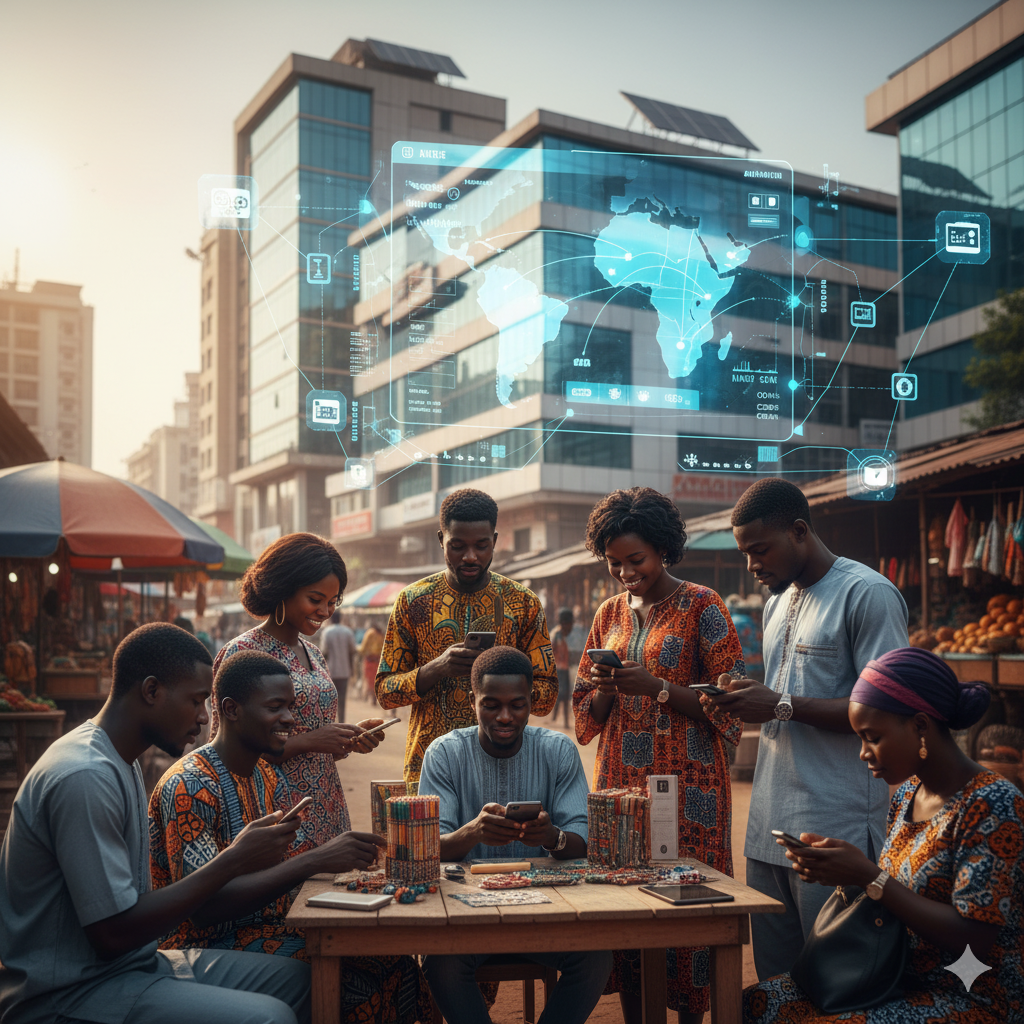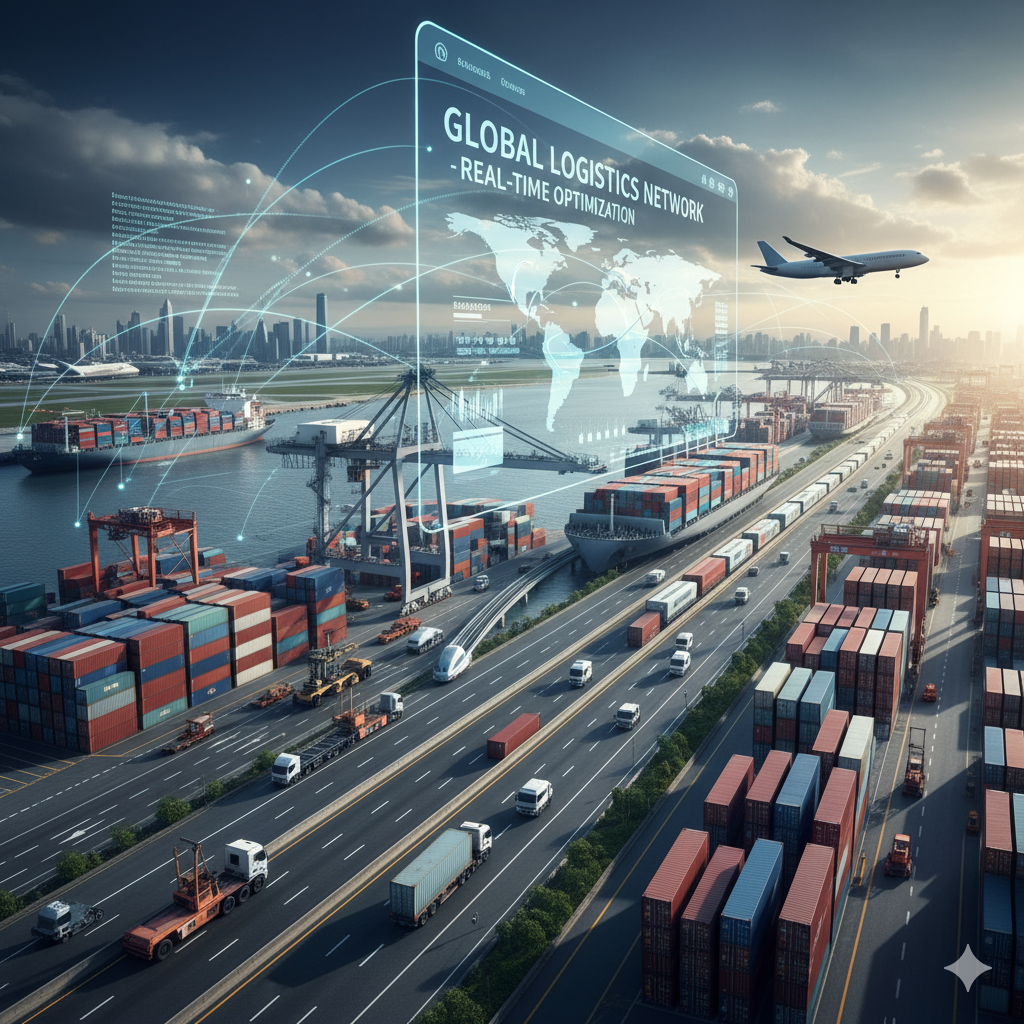
Unlocking Africa's Investment Potential
Your strategic partner for navigating and succeeding in Africa's dynamic and diverse markets. We provide 360-degree insights and advisory.
Who We Are
Your Trusted Guide to Investing in Africa
Invest Africa 360 is a premier advisory firm dedicated to connecting global investors with vetted, high-impact opportunities across the African continent.
Our team combines decades of on-the-ground experience with rigorous market analysis to deliver unparalleled insights. We believe in sustainable growth, strategic partnerships, and the transformative power of capital.
Data-Driven Insights: Access proprietary research and analysis.
Unmatched Network: Leverage our deep connections with local leaders.
End-to-End Support: From deal sourcing to execution and exit.


Our Services
A 360-Degree Approach
We provide comprehensive solutions tailored to your investment goals, from initial research to final execution.
Market Intelligence
In-depth sector analysis, risk assessment, and feasibility studies to inform your strategy.
Strategic Advisory
Expert guidance on market entry, regulatory compliance, and local partnerships.
Capital Raising & Deal Sourcing
Connecting projects with our global investor network and providing a pipeline of vetted opportunities.
Latest Insights
From Our Experts
Stay ahead with our latest research, news, and analysis on Africa's investment landscape.

FinTech
The Rise of Digital Finance in West Africa
Exploring the key drivers behind the mobile money revolution and what's next for the sector. We break down the regulatory landscape and consumer adoption trends.
Read More →
Renewables
Why East Africa is a Hotspot for Green Energy
Geothermal, solar, and wind projects are attracting major international investment. We analyze the policy frameworks and key projects leading the charge.
Read More →
Infrastructure
The AfCFTA: Bridging Gaps with New Logistics
How the new free trade agreement is supercharging investment in ports, rail, and road networks across the continent.
Read More →
Ready to explore your next opportunity?
Get in touch with our expert advisory team to start the conversation.
Contact Us